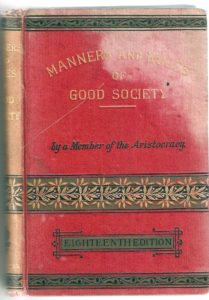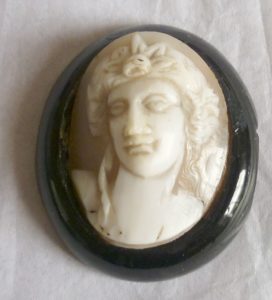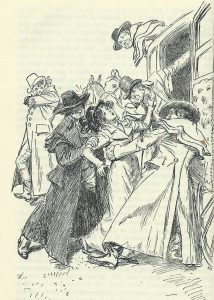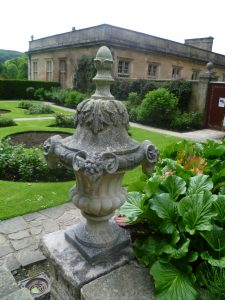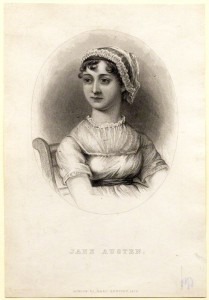In the 21st century, Church of England clergy are hard-working men and women – usually running a number of parishes, as well as struggling to pay for the upkeep of churches which may be in need of serious repair. They are expected to have several services on Sundays, possibly in different parishes, and to see to the spiritual needs – and often the material needs, if the parish is a poor one, of their parishioners. They are also pretty poorly paid. Still, at least they can count on a roof over their heads and the job carries a pension and the security of knowing that they will have somewhere to live once they retire.

Henry Tilney at Woodston, Northanger Abbey
Continue reading Jane Austen and the Clergy: How the System Worked
Please share this page...
